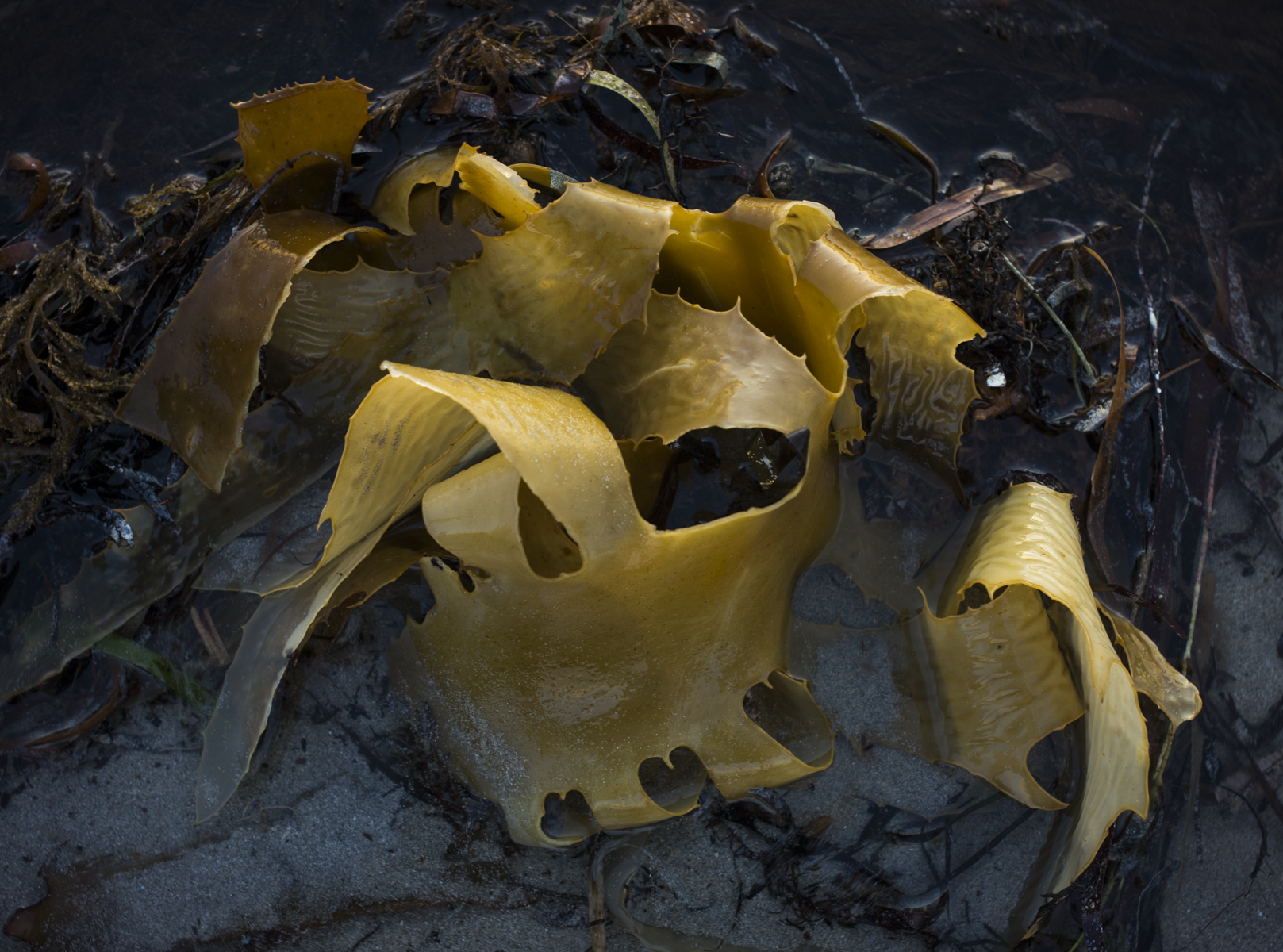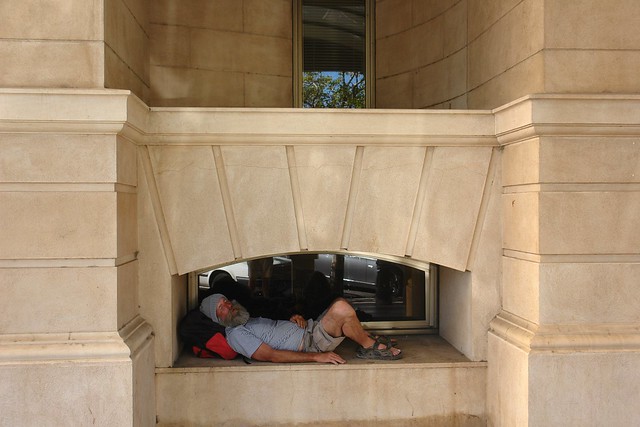This is my reason for being down at Victor Harbor this week–I’m overseeing the installation of photovoltaic solar panels on the roof of the weekender at Victor Harbor. The solar photovoltaic electricity system is costing us an arm and leg re the capital required, as it is a big (2.4kw) system.
The solar panels absorb light and turn that into electricity via a converter that is plugged into a standard ETSA household fuse box that is connected to the national electricity grid. So we are both taking power from the grid and putting power back into the grid.

The assumption is that with the feed in tariff means this size solar power plant on our roof will generate more energy than we use, and this will then–hopefully—provide a bit of an income from the weekender through the feed-in-tariff.










